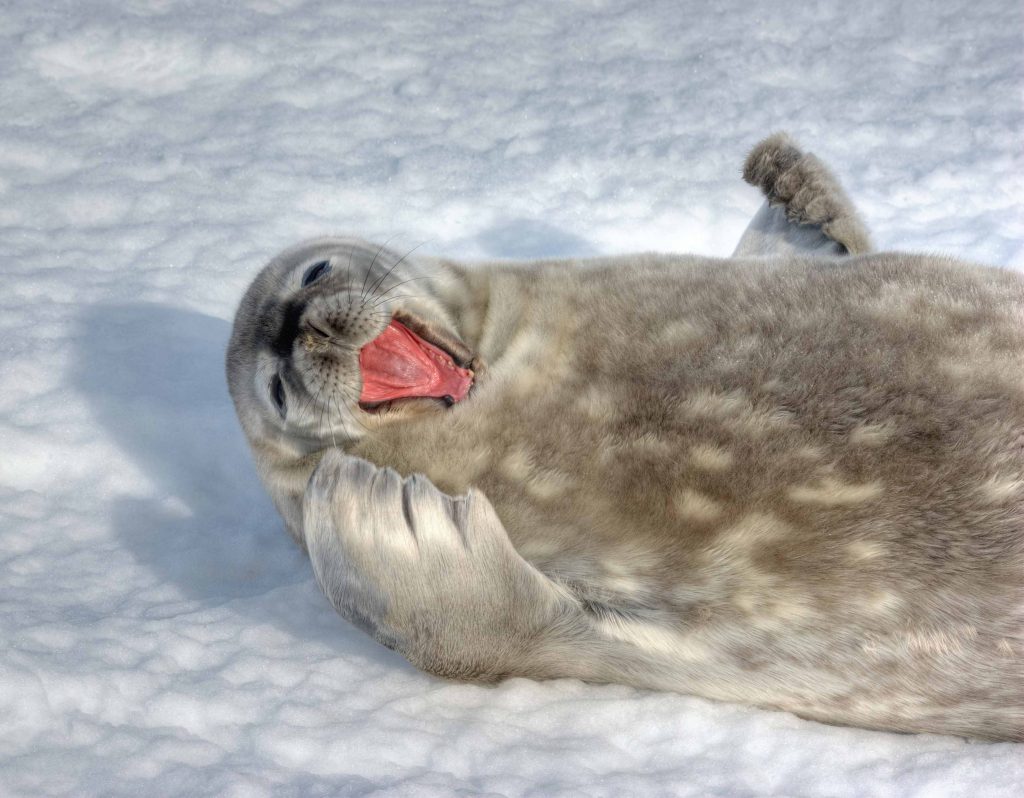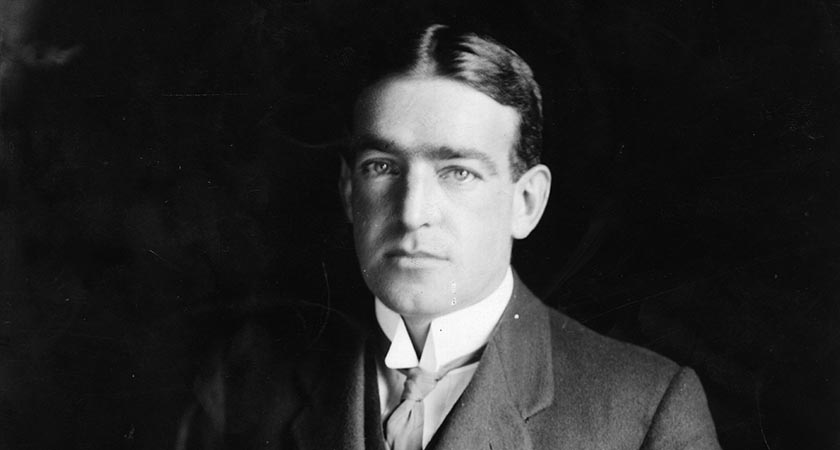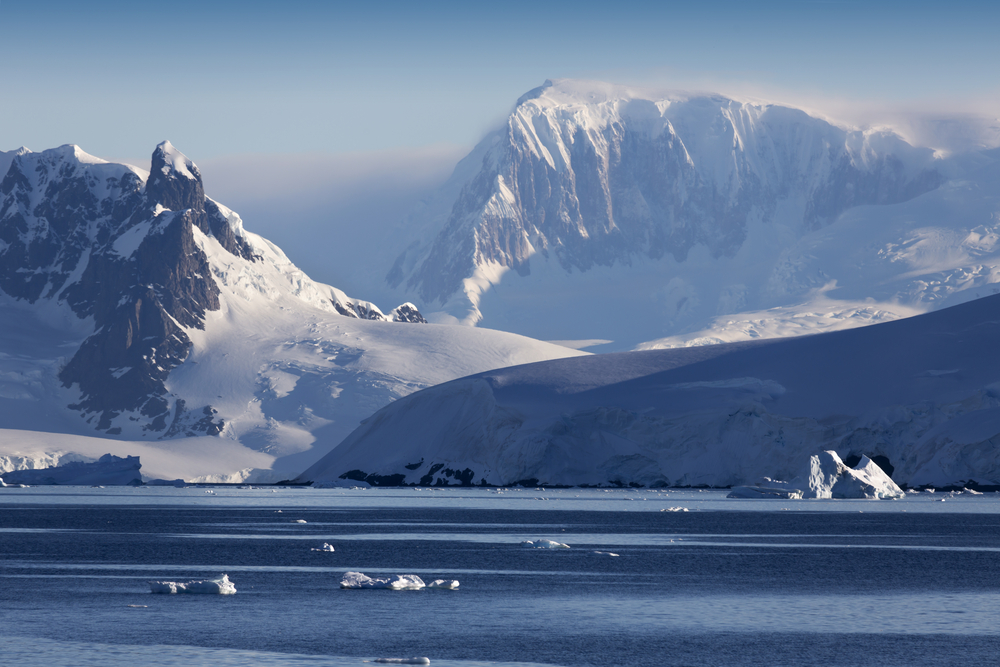Who Owns Antarctica?
When it comes to territorial claims on the great white continent, who owns Antarctica? Here’s everything you need to know about ownership and territorial claims.

Antarctic history
Standing at the South Pole in December 1911 Roald Amundsen claimed the polar plateau for Norway’s King Haakon – surely his right as he was the first there? But in 1909 Ernest Shackleton, just short of the Pole and having pioneered the route to find it, had already raised the flag and taken possession for Britain. Did he have to be at the Pole itself to do it?
Of course, these explorers were not the first in Antarctica: James Clark Ross discovered the Ross Ice Shelf in 1841 and took possession of Victoria Land. But even he was beaten by Russia’s Bellingshausen who first saw Antarctica in January 1820. The first continental landing was probably by American sealer John Davis in 1821. In the ensuing century many other flags were raised and ceremonies held to take possession of land. Who had priority in staking a claim?
Who owns Antarctica – Each country’s claims explained.

Despite early landings and flag waving, the first formal territorial claim – that is, proclaimed and publicised to other countries – was by Britain in 1908. That claim covered the Falklands, various islands southwards, and embraced the Peninsula’s Graham Land, even though its southerly extent was unknown – or if it was even part of the continent.
In 1924 France formally claimed Terre Adélie on the basis of Dumont d’Urville’s 1840 discoveries. France deferred defining the claim’s actual boundaries until 1938.
New Zealand’s claim to the Ross Dependency was formalised in 1923 following a British Order-in-Council providing for the government of the Ross Dependency.
During his 1929-31 BANZARE expedition, and building on his 1911-14 discoveries, Douglas Mawson used landings at various points around the Antarctic coast to fly the Union Jack and make claim to a vast area. This was formalised by the 1933 Australian Antarctic Territory Acceptance Act and covered the region from 45°E to 160°E, except for undefined Adéie Land. Australia and France settled those boundaries and in 1936 the Australian Antarctic Territory was formally proclaimed. It was by far the largest of the claims 1 and in two pieces.
Norway’s 1939 claim to Dronning Maud Land was based on early exploration of the coastal area. The southern limit of its claim were not defined, leaving open the question of its application to the South Polar plateau.

In 1940 Chile laid claim to the Antarctic Peninsula – in so doing creating a significant overlap with that already announced by Britain. Argentina had occupied the South Orkney Islands from 1904 but its claim appears not have been fully defined until 1947 when its boundaries were settled. Argentina’s claim was entirely overlapped by the preceding claims of both Britain and Chile. Meanwhile, the USSR and the US made no claimed but reserved the right to do so.
So while the Cold War was occupying the minds of the lawyers and diplomats, seven states had asserted territories, and two “super-powers” claimed they could if they wished. A large part of Antarctica was subject to no claim at all (the largest unclaimed area on earth) and the rest had been sliced up. But it was more complex than that. The result was 11 sectors: one claimed by 3 states; two claimed by 2; seven claimed by 1 (with 1 state claiming two of them); and 1 claimed by no-one. Some claimant countries recognise the claims of others 2. One claim had no defined southern limit, while the others converged at the Pole and cut across the plateau claimed by Amundsen. All of the claims were subject to potential counter-claim by the USSR or the US, both of whom denied the claims of others. Confusing, huh?
This was hardly a recipe for Antarctic harmony! The potential for the Cold War to extend into the coldest part of the globe was real. This set the scene for negotiating an agreement over the territorial claims – done through the 1959 Antarctic Treaty.
What now of the Territorial Claims?

The territorial claims still exist and the Treaty acknowledges that fact. The Treaty does not “freeze” the claims if by that it is meant they have been annulled – but it does set aside disruptive arguments about them. Thus claimants are still entitled to assert their claims and take any actions that a sovereign state might take (but not expand their claim or make new ones). On the other hand, while other states accept that the claims exist, there is no requirement for them to recognise their validity. Usually, territorial claims are valid if based on discovery, effective occupation and administration – but the application of such tests in the uniquely difficult environment of Antarctica has not been tested. So while the claims exist in relevant national laws, none enjoy universal recognition. But this is not an issue as any differences of view are neatly accommodated by the Antarctic Treaty. Thus no one owns Antarctica – the question remains unresolved while States agree to handle the issue under the Treaty’s umbrella.
Terre Adélie
Formalised | Extent | Notes | |
Argentina | 1947 | Sector from 25°W to 74°W | Completely overlapped by Chile and UK |
Australia | 1933 | Two sectors from 45°E to 136°E and 142°E to 160°E | – |
Chile | 1940 | Sector from 53°W to 90°W | Partially overlapped by Argentina and UK |
France | 1924 | Sector from 136°E to 142°E | – |
New Zealand | 1923 | Sector from 160°E to 150°W | – |
Norway | 1939 | Incomplete sector between 20°W and 45°E | Southern limit not defined |
United Kingdom | 1908 | Sector from 20°W to 80°W | Partially overlapped by Argentina and Chile |
Russian Federation | – | No claim | Recognises no claims, but asserts basis of claim to part or all of Antarctica |
United States | – | No claim | Recognises no claims, but asserts basis of claim to part or all of Antarctica |
Unclaimed area | – | Sector from 90°W to 150°W | Largest unclaimed stretch of land anywhere on earth |

Talk to one of our experienced Destination Specialists to turn your Antarctic, Arctic and South American dream into a reality.
Contact us